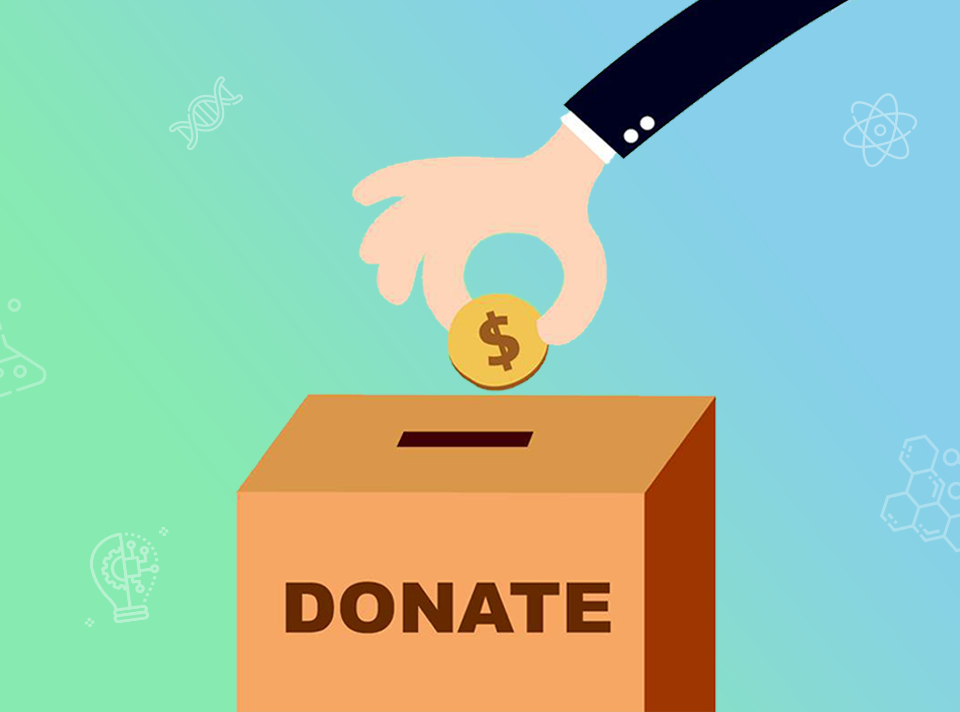7 Easy Things You Can Do To Speed Up Your Website
In today’s digital era, having a good website is highly important for every business to increase sales, build leads, and stay ahead of the heavy competition. Actually, millions of websites have been utilized every day for several reasons. Unluckily, most of these sites are bothersome to access because of poorly optimized and low Page speed. To increase your site performance, do below mentioned things.
How to improve your site performance
Minimize HTTP requests
Every fetched resources/content with either HTTP or HTTPS web address often minimizes speed. This means requesting a fewer number of HTTP will improve the site performance drastically. Additionally, simplify the coding and design element of the site to speed up. To do so, you can take help from techniques such as image spriting, connecting JavaScript and CSS, and much more.
Optimize site images
Whenever you notice website loading slowly, it is time to optimize images in your site. You can do this either using software such as Photoshop or plugins to perform this task automatically. Optimizing your site images properly will load much faster than ever before. Finally, it renders a great experience for the people who visit your website.
Utilize the content delivery network
To improve your website performance, you should consider where your server situated relative to end users who are utilizing them. Keep in mind the internet is not completely virtual as physical space should be traversed. For instance, the server located in Los Angeles will not offer faster load time to users from London or Chicago than San Francisco. This is where the need for a content delivery network (CDN) comes into the picture, which improves site performance by choosing the server, which is closest to the user.
Upgrade to dedicated hosting
Mostly, people who start out their first website often go with the shared hosting as it is cost effective but failed to notice that they are sharing resources such as bandwidth and server with other customers. When another site on the same server sees huge traffic, your site speed and performance will suffer a lot. To overcome this hassle, you should upgrade to advance dedicated server. It lets greater customization and improves performance consistently.
Caching
You may have heard about the term caching beforehand. It is actually a mechanism for the temporary storage of the web pages to minimize bandwidth and enhance performance. Whenever visitors look at your website, the cached version will serve up until it has altered since the last time cache. This actually saves server time as well as makes things Load speed much faster. Ensure you have enabled this feature on your site.
Combine CSS and JavaScript files
One of the best and easiest ways to improve your site load time and performance is by addressing redundant inefficiencies in your website code especially CSS and JavaScript. You can combine the files of both CSS and JavaScript to eliminate all the coding-related hassles and improve site performance as well.
Enable prefetching
Prefetching boosts your visitor’s browsing experience by fetching essential resources and other related data before they required. There are three types of fetching available such as prerendering, link prefetching, and DNS prefetching. As it is easier to enable, you can get this benefit for better site performance.




